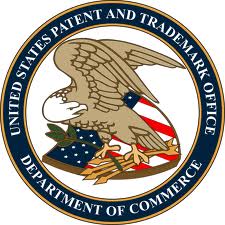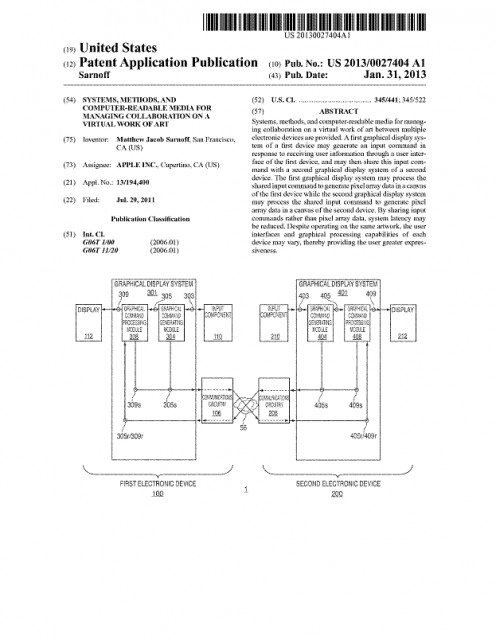What Will Apple Do Next?
Fascination with Apple Inc.
People are fascinated with Apple Inc. After all, Apple may be the coolest company in the world with an established track record of creating entirely new product categories. Its revolutionary new products have included the iPod (2001), the iTunes music store (2003), the iPhone (2007) and the iPad (2010). A popular and ongoing question for Apple's legions of customers, competitors and investors is: "What will Apple do next?"

Rules for the Publication of U.S. Patent Applications
Under U.S. Patent Office rules, a non-provisional patent application is published 18 months after its earliest effective priority date. The publication is required if the applicant has filed, or intends to file, in a foreign country or as an international application for the invention. The publication is discretionary if the invention has not been, and will not be the subject of, an application filed in a foreign country or in an international patent application for the invention.
It is common practice for major international technology companies, such as Apple, to file patent applications covering their important inventions in the U.S. and other countries. Thus, many applications covering important inventions will be published at the 18-month date.
A patent application's earliest effective priority date is the earlier of the application's filing date or the filing date of an earlier patent application that is the basis of a claim for priority.
Provisional patent applications are usually not published. However, before a patent can issue from a provisional patent application, that provisional application will first need to be turned into a non-provisional application.
Upon publication, both the application and the entire file history for the application (i.e., the correspondence between the applicant and the U.S. Patent Office) will be publicly available. They can be viewed online using the USPTO's Public Pair system.
Patents as a Source of Competitive Intelligence
Apple Inc. is famously secretive about its future product plans. Its employees are prohibited from blogging to avoid spreading inside information to outsiders, and have been fired for leaking tidbits of information. Apple has even deliberately spread product misinformation to its own employees.
A legal way to pierce Apple's veil of secrecy and gain insight into its future product plans is to analyze its published patent applications. Apple--like other high-tech companies--files thousands of patent applications each year that describe its new inventions in detail. Many of these applications are routinely published 18 months after they are filed.
Thus, by reading Apple's published patent applications, it's possible to gain competitive intelligence about Apple's future product plans. If Apple filed one or more patent applications describing Technology X, it is entirely possible Apple may introduce a product containing Technology X. If Apple filed patent applications relating to a certain product line, they are probably working on a new product in that line.
There are, of course, caveats about using patents for competitive intelligence. The first is that a patent owner is not obligated to use its patented technology in any product. That said, since each patent application costs $5,000 - $15,000 or more, its mere filing indicates the patent owner placed value on the technology at least at the time the application was filed.
Another caveat is that it can be difficult to interpret patent applications and determine how the described inventions will be commercialized. Patents are complex legal documents that need to meet legal rules, and they are not written for the primary purpose of being understandable. The difficulty in analyzing patent applications is heightened for companies, like Apple, that file large numbers of applications.
With those caveats aside, the following is an example of a recently-published patent application owned by Apple with thoughts about what this application might mean with respect to Apple's future product plans.
Apple's U.S. Patent Application Publication No. US 2013/0027404

Example of Patents as Competitive Intelligence
As an example of using a published patent application for competitive intelligence, consider U.S. Patent Application Publication No. 20130027404. This application was filed by Apple on July 29, 2011, and was published approximately 18 months later on January 31, 2013.
This application is entitled "Systems, Methods, and Computer-Readable Media for Managing Collaboration on a Virtual Work of Art". The inventor is Matthew Sarnoff.
The application describes an invention where "a first graphical display system of a first device may generate an input command in response to receiving user information through a user interface of the first device, and may then share this input command with a second graphical display system of a second device." By sharing the commands, system latency can be reduced.
While the published patent application does not comment on Apple's plans (if any) for using this invention, it seems likely Apple may use it in connection with its recently announced iPad with enhanced memory (128 gigabytes). This invention could make it easier for users of this iPad to collaborate in real-time on works of virtual art, which typically use massive virtual art files which would be difficult to communicate between iPad users located in different geographic locations.








